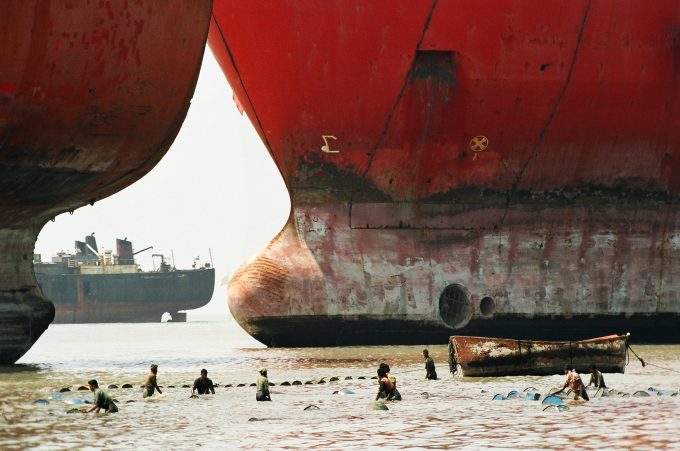New ocean capacity dump wipes out transpac gains
Within a month, liner operators have lost the gains they achieved on the transpacific. While the ...

The world’s container shipping lines have been scrapping and laying-up increasing numbers of vessels to contain a freight rate slide as the trade enters its traditional peak season.
Weak peak season demand is forcing carriers to curtail capacity, especially on the transpacific trade, according to data ...
CMA CGM South Korean staff strike over bonuses after bumper 2024 profit
MSC switches two more Asia-Europe port calls from congested Antwerp
CMA airline returns two freighters, while ANA takeover of NCA looms
Front-loading frenzy has made traditional H2 peak season 'unlikely'
Tradelanes: Export boom in Indian sub-continent triggers rise in airfreight rates
Nightmare for Bangladeshi exporters as congestion and tariffs bite
Carriers introduce surcharges as congestion builds at African ports
Mexican airport modernisation plan unlikely to boost cargo facilities

Comment on this article
OldShippingSoul
July 21, 2016 at 5:07 amThis is probably the only industry in the world that operates a business to incur losses. Billions and billions of dollars, freely given to the importers/exporters, who are laughing themselves to the bank! Yet, they continue to survive, stay afloat (pun intended), and fight for market share! At any other given organization, the top executives would be packed and shipped out.
Leaders had very little foresight on the state of the world economy. These big ships are like dinosaurs and the big banks.
Serves them right.